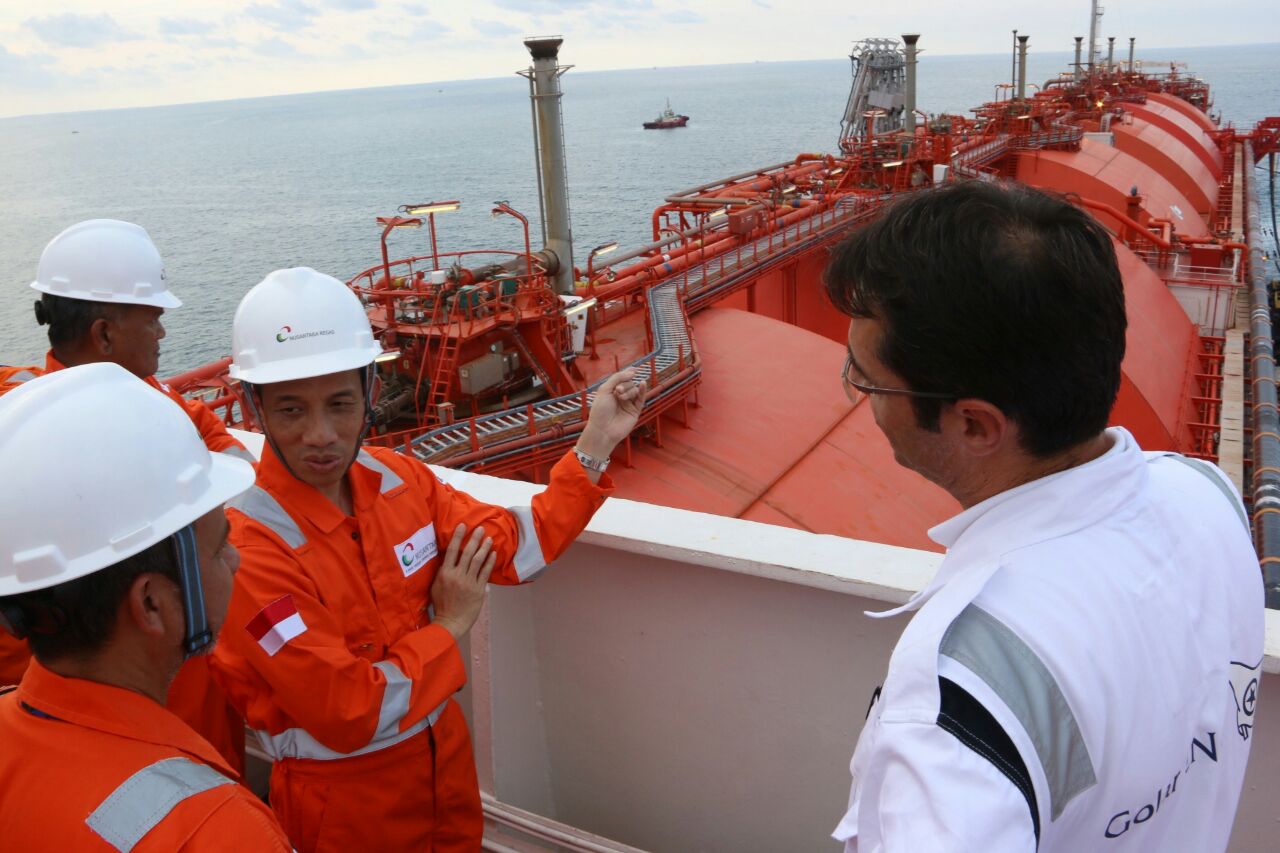Eksplorasi.id – Rio Tinto (ASX, LON, NYSE: RIO) signalled on Friday a recovery in China’s economy as it reported improved shipments of iron ore to the country, but cut its forecast for annual copper output citing coronavirus-related disruptions.
The company, the world’s top iron ore miner, posted higher-than-expected output of the steelmaking ingredient for the first three months of the year. Production stood at 77.8 million tonnes, up 2.4% from the same period last year, despite a cyclone tearing through Rio Tinto’s Western Australian operations in February.
The miner, which makes most of its profits from China, shipped 72.9 million tonnes of iron ore in the three months to March, up 5.5% from a year ago, yet lower than some analysts had expected.
“Demand in China continues to recover,” chief executive, Jean-Sébastien Jacques, said in a statement. He added that the group’s customer order books “remained healthy.”
Just as most global miners, Rio Tinto has been hit by the coronavirus crisis. In March, it suspended operations at its mines in South Africa, and slowed activity at its Canada and Mongolia units to comply with government measures to contain the outbreak.
Copper troubles
Rio Tinto revealed that production of copper, one of its key commodities, would not reach a previous production target of between 530,000 and 570,000 tonnes.
It now expects to churn out between 475,000 and 520,000 tonnes, due to repair works at its Kennecott mine in the US, which was affected by an earthquake in March.
Fears that its 30%-owned Escondida mine in Chile, the world’s biggest copper operation, could soon take a hit, also weighed on the guidance downgrade.
Rio Tinto also flagged copper and gold output drops at its already troubled Oyu Tolgoi mine in Mongolia, where it is carrying out an underground expansion expected to lift production from 125,000–150,000 tonnes in 2019 to 560,000 tonnes at peak output, targeted for 2025.
The company confirmed last year that the project was running between 16 months and 30 months late and roughly $1.2 billion to $1.9 billion over budget.
There were fresh signs of delays on Friday, after it said that it would have to bring experts on site to rectify industrial ropes in the largest and most important access shaft to the underground mine, Shaft 2.
Those ropes service a giant elevator that allows workers, equipment and ore to move between the bottom of the mine, 1.3 km underground, and the surface.
Rio Tinto’s subsidiary and Oyu Tolgoi operator, Turquoise Hill Resources (TSX, NYSE:TRQ), said the covid-19 pandemic was making it hard to get experts to the remote Mongolian mine to conduct “rectification work” on the ropes.
”Underground development progress may be impacted by 30% as a result of travel restrictions due to covid-19 preventing experts from travelling to the Oyu Tolgoi site,” Turquoise Hill said on Thursday.
Earlier this month, Rio investor US hedge fund Pentwater Capital said it would push for a management shakeup at the operation, claiming “a massive devaluation” of the asset. The giant deposit, discovered in 2001, is one-third owned by Mongolia’s government and two-thirds held by Turquoise Hill. Rio has a 51% stake in the Canadian miner.
Sources : Mining.com







